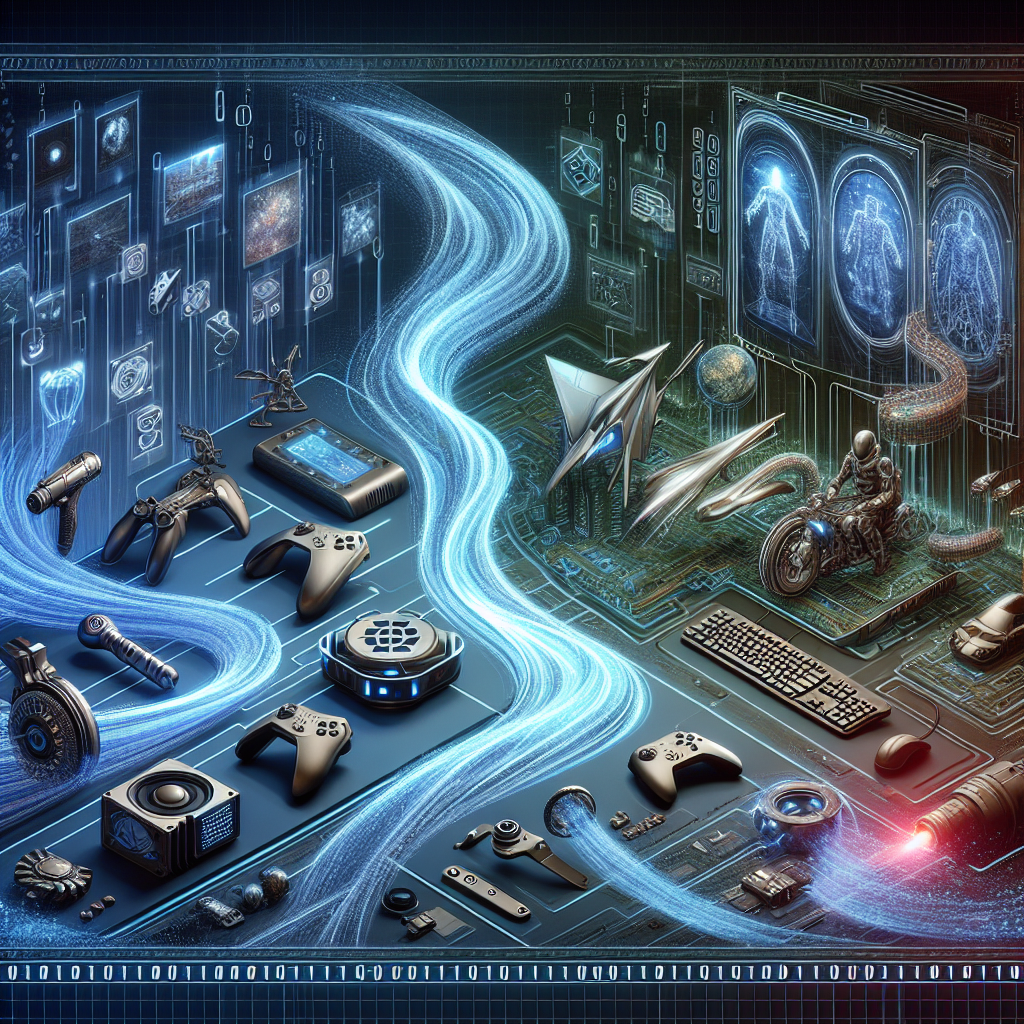Game Engine Evolution: Comparing Tools and Technologies for 2025
The gaming industry is in a continual state of flux, driven by rapid technological advancements and shifting consumer demands. As we look toward 2025, the evolution of game engines encapsulates this dynamism, reflecting years of refinement, innovation, and competition. In this article, we explore the prominent game engines expected to shape the landscape of game development in 2025, comparing their features, capabilities, and the underlying technologies that make them essential for developers.
A Look Back: The Evolution of Game Engines
Game engines have transformed dramatically since the early 1990s, when the first engines such as id Tech and the Unreal Engine set the foundation for 3D rendering and physics. Over the years, we have seen engines grow more sophisticated with the advent of powerful graphics APIs, artificial intelligence, machine learning, and cross-platform capabilities. As we approach 2025, game engines must now address the rising demand for immersive experiences through virtual reality (VR) and augmented reality (AR), alongside traditional and mobile gaming.
Key Players in 2025
Unreal Engine 5
Launched in 2021, Unreal Engine 5 has already set a high bar for graphical fidelity and creative flexibility. By 2025, Epic Games is expected to continue enhancing this engine, adding even more streamlined tools for developers to create high-quality, hyper-realistic environments.
Key Features:
- Nanite Virtualized Geometry: Enables artists to create vast amounts of detail without worrying about polygon counts.
- Lumen Global Illumination: Offers real-time dynamic lighting that reacts naturally to changes in the environment.
- MetaHuman Creator: This tool allows developers to generate highly realistic human characters, making it easier to populate games with lifelike NPCs.
Unity
Unity remains a dominant force in the game engine space, particularly for indie developers and studios focusing on mobile and 2D games. As Unity approaches 2025, its focus will likely pivot more toward VR/AR integration and enhanced collaboration tools for distributed teams.
Key Features:
- Universal Render Pipeline (URP): A versatile rendering pipeline that optimizes performance across various platforms, especially for mobile devices.
- Visual Scripting: Allows designers to create interactions without deep programming knowledge, making it accessible to a broader audience.
- Multiplayer Services: Building on its existing multiplayer capabilities, Unity aims to streamline networking and server management for cloud-based games.
CryEngine
CryEngine is widely known for its stunning graphics capabilities, often employed in highly detailed FPS games. By 2025, it is expected to focus on improving the usability of its tools while continuing to push the boundaries of photorealism in game design.
Key Features:
- Real-time Rendering: Renowned for breathtaking visuals, even in demanding environments.
- Audio System: Provides capabilities for spatial audio and environmental sound, enhancing immersion.
- Asset Management: Robust tools for managing large game assets, essential for rendering detailed worlds.
Godot Engine
Godot is an open-source game engine that has garnered a loyal following due to its versatility and ease of use. As we look to 2025, Godot is expected to expand its capabilities while maintaining a strong community focus.
Key Features:
- Lightweight and Efficient: Ideal for 2D games with simple, intuitive workflows.
- Cross-Platform Support: Integrates seamlessly with various platforms from PCs to consoles.
- Node-Based Architecture: A unique design approach that simplifies game development while offering deep customization.
Emerging Technologies Influencing Game Engines
As we propel into 2025, a few technologies are poised to redefine the capabilities of game engines:
Real-Time Ray Tracing
Ray tracing technology has seen substantial advancements and is expected to become standard in both AAA titles and smaller indie games. This technique allows developers to achieve incredibly realistic lighting and shadows, enhancing visual fidelity across the board.
Cloud Gaming
With platforms like Google Stadia, NVIDIA GeForce NOW, and Xbox Cloud Gaming, cloud technology is changing how games are distributed and played. Engine developers need to ensure that their technologies are optimized for streaming capabilities, providing low-latency experiences for players.
Machine Learning and AI
Machine learning algorithms are increasingly being integrated into game design, from NPC behaviors to automated content generation. This trend is likely to gain momentum as engines harness AI to streamline development processes and enhance the sophistication of player interactions.
Conclusion
The game engine landscape by 2025 is set to be a vibrant arena filled with innovation, competition, and cross-pollination of ideas. Unreal Engine 5 and Unity are continuously evolving to meet the demands of advanced graphics and networking, while emerging players like Godot are reshaping accessibility in game development. With the integration of cutting-edge technologies like ray tracing and AI, developers will have unprecedented tools at their disposal, allowing them to create increasingly immersive and engaging gaming experiences. As the gaming industry continues to push boundaries, so too will the engines that power our digital adventures.




